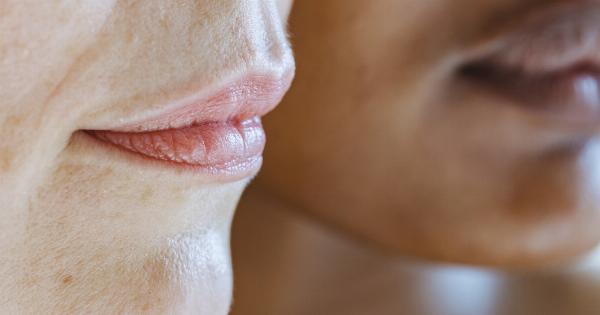Botox injections have become increasingly popular in recent years as a safe and effective way to achieve flawless skin.
This non-surgical cosmetic procedure involves the injection of a neurotoxin called botulinum toxin into specific muscles of the face to temporarily paralyze them. The result is a reduction in the appearance of wrinkles and fine lines, giving the skin a smoother and more youthful look.
However, before considering Botox injections, it is important to understand the safety measures involved and how to choose a reputable practitioner.
Understanding Botox and Its Benefits
Botox is a purified form of botulinum toxin, which is produced by the bacterium Clostridium botulinum. When injected into specific muscles, it works by blocking nerve signals and temporarily relaxing those muscles.
This relaxation of muscle activity smooths the appearance of wrinkles and gives the skin a more youthful and rejuvenated appearance.
The benefits of Botox injections for flawless skin are numerous. Firstly, it effectively reduces the appearance of wrinkles and fine lines, particularly around the forehead, between the eyebrows, and around the eyes (crow’s feet).
Botox can also be used to lift sagging eyebrows and minimize the appearance of a gummy smile. Additionally, Botox injections can help prevent the formation of new wrinkles by limiting muscle movement and reducing repetitive facial expressions.
The Importance of Choosing a Qualified Practitioner
While Botox injections are generally considered safe when performed by a qualified professional, it is crucial to choose a reputable practitioner to ensure the safety and effectiveness of the procedure.
Here are some key factors to consider when selecting a Botox provider:.
1. Board Certification
Ensure that the practitioner is board-certified in a relevant field such as dermatology or plastic surgery. This certification indicates that they have undergone specific training and met certain standards in the field of cosmetic procedures.
2. Experience and Expertise
Review the practitioner’s experience and expertise in administering Botox injections.
A well-experienced practitioner is more likely to have a deep understanding of facial anatomy and the appropriate injection techniques, minimizing the risk of complications and maximizing the desired results.
3. Reputation and Reviews
Do thorough research on the practitioner’s reputation and read reviews from their previous clients. Positive feedback and high ratings are indicators of a trustworthy and skilled practitioner.
4. Clinic Hygiene and Safety Measures
Visit the clinic in person to assess its hygiene and safety measures. Ensure that all equipment and tools are clean and properly sanitized. A reputable clinic will prioritize the safety and well-being of its patients.
The Safety of Botox Injections
When administered by a qualified professional, Botox injections are considered safe with few side effects. However, it is essential to be aware of the potential risks and take necessary precautions.
Common side effects may include temporary bruising, redness, and mild swelling at the injection site. These typically resolve within a few days. Rare but possible side effects may include headache, flu-like symptoms, and drooping of the eyelids or eyebrows.
Choosing a qualified practitioner and following their post-injection care instructions can help minimize these risks.
It is crucial to disclose any medical conditions, allergies, or medications you are taking to your practitioner before undergoing Botox injections.
This information will help them determine whether you are a suitable candidate for the procedure and whether any precautions should be taken.
Aftercare and Recovery
After receiving Botox injections, it is important to follow the recommended aftercare instructions provided by your practitioner.
These may include avoiding strenuous exercise, alcohol consumption, and excessive heat or sunlight exposure for a specified period. It is also advisable to avoid rubbing or massaging the treated areas to prevent the toxin from spreading to unintended muscles.
Results from Botox injections typically start to become noticeable within a few days to a week, with full effects usually visible within two weeks. The effects of Botox injections are temporary and typically last for three to six months.
Regular maintenance treatments may be required to maintain the desired results.
Conclusion
Botox injections offer a safe and secure way to achieve flawless skin by reducing the appearance of wrinkles and fine lines.
When choosing to undergo Botox injections, it is crucial to select a qualified practitioner who prioritizes safety and has ample experience in administering Botox. By following proper aftercare instructions, individuals can ensure a smooth recovery and maximize the results of the treatment.
By understanding the benefits and safety measures associated with Botox injections, individuals can confidently seek this popular non-surgical cosmetic procedure.


























